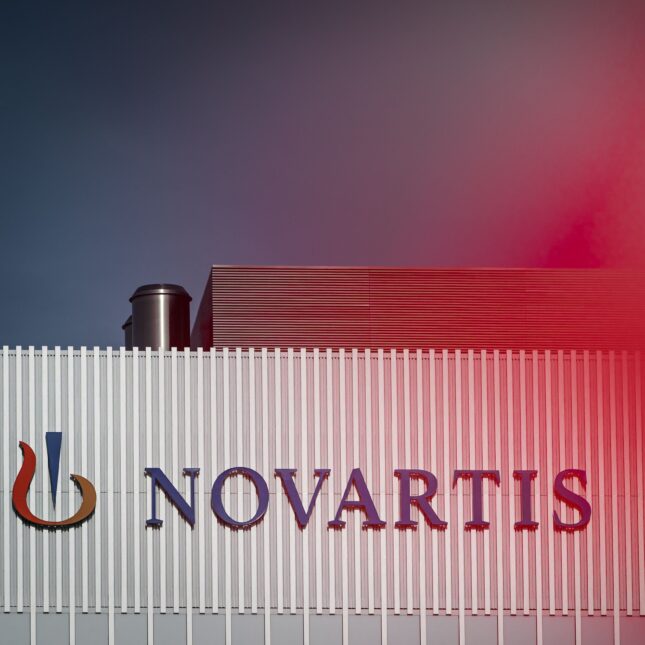
Two gene therapies were approved for sickle cell disease last week, but for many researchers the Holy Grail remains something far more modest: A pill.
Only the pharmacists’ oldest tool, they say, can actually have an impact on the scale of sickle cell. The gene therapies, with the risks and hospital stays and bespoke manufacturing they entail, won’t be an option for the vast majority of U.S. patients or for virtually any of the 20 million patients across the Global South. A pill could be distributed everywhere, as HIV medicines are.
So far, chemists cycling through millions of molecules over decades have failed to come up with anything approaching gene therapy’s efficacy. But on Sunday, Novartis unveiled early animal data at the annual American Society of Hematology meeting in San Diego suggesting that, by leveraging a new technology, they might have a promising candidate.

This article is exclusive to STAT+ subscribers
Unlock this article — plus daily coverage and analysis of the biotech sector — by subscribing to STAT+.
Already have an account? Log in
Already have an account? Log in
To submit a correction request, please visit our Contact Us page.











STAT encourages you to share your voice. We welcome your commentary, criticism, and expertise on our subscriber-only platform, STAT+ Connect